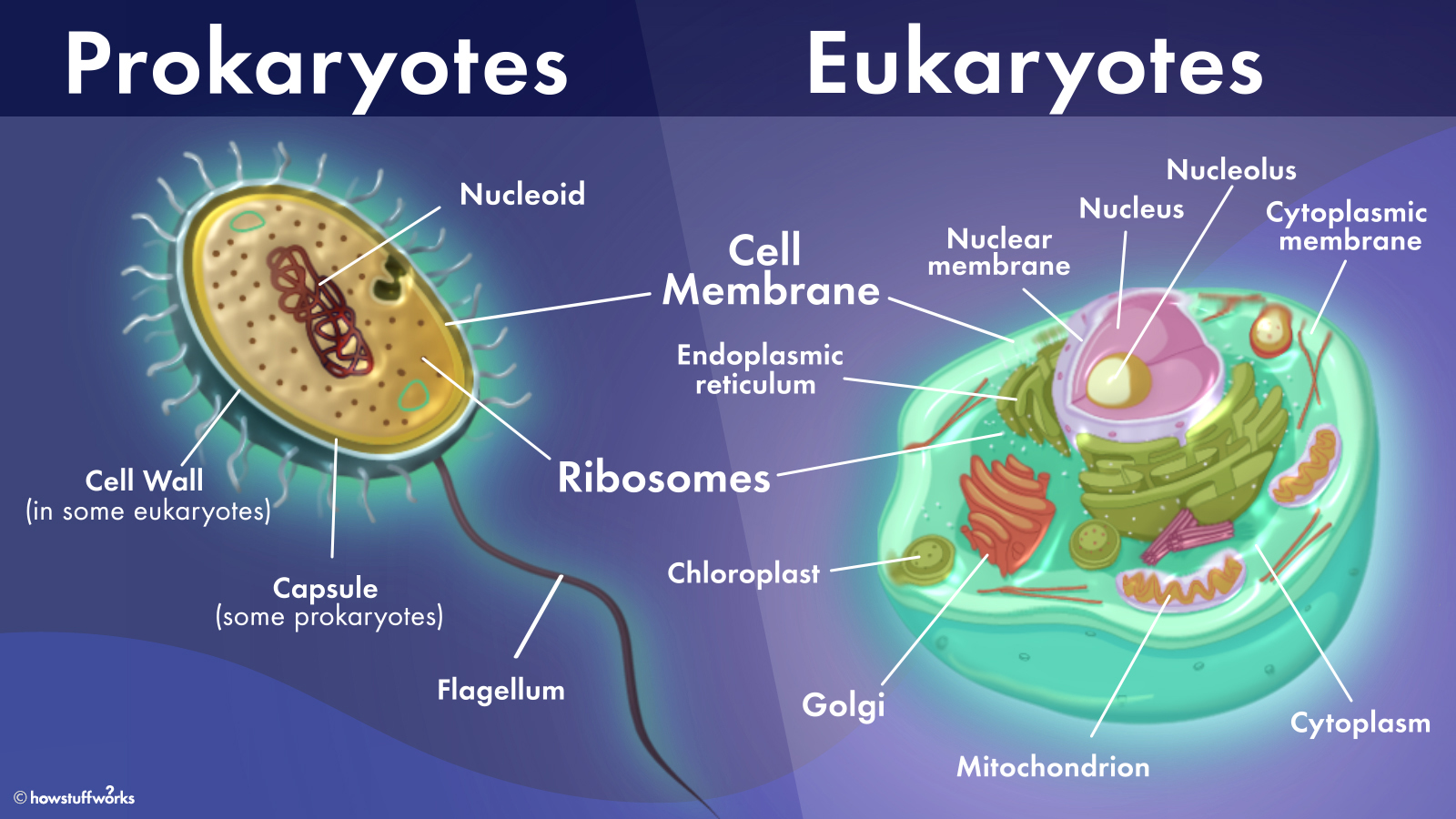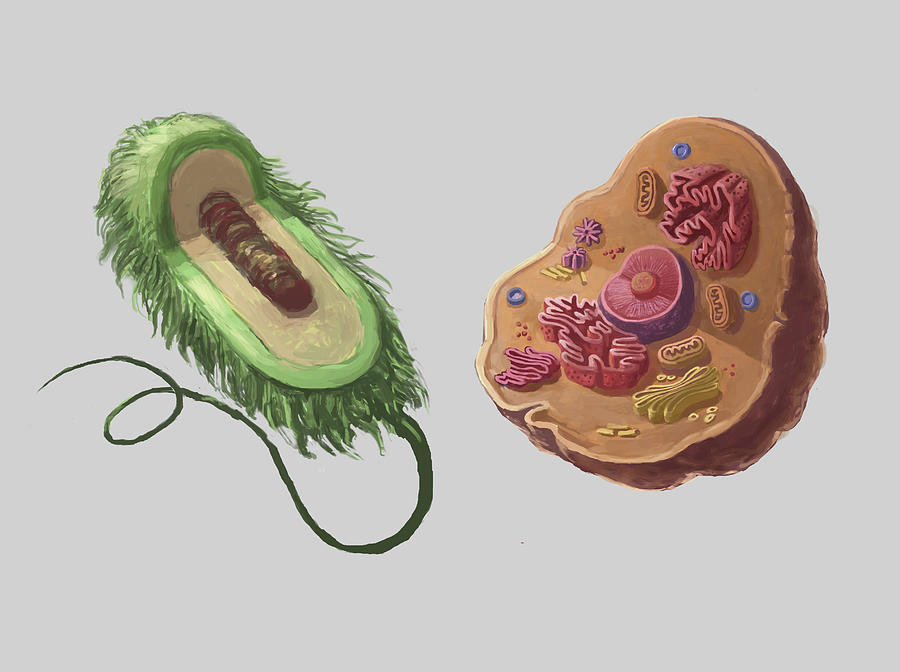Na matéria de biologia estamos aprendendo sobre citologia, ou seja, uma parte da ciência que estuda sobre as células. Você sabe o que é célula? Se a resposta for não, iremos explicar agora.
Célula são as unidades básicas de forma e função, são elas que formam todos os seres vivos. Elas podem ser classificadas em dois tipos:
- procarionte (aquelas que o material genético não é protegido pela membrana)
- eucarionte (aquelas que o material genético é protegido pela membrana e separado do citoplasma, formando o núcleo)
Era necessário que nós aprendêssemos sobre cada parte da célula, então a professora Daniela nos proporcionou uma forma mais simples e rápida memorizar, nos ensinando uma música chamada
Ciranda Celular
Mitocôndria, mitocôndria é quem faz respiração
Ribossomo sintetizam proteínas de montão
O complexo golgiense armazena secreção
Lisossomos têm enzimas pra fazer a digestão
O retículo apresenta a função de transportar
O centríolo participa da divisão celular
Autores: Amanda Slivak Petroski, Débora Carolina de Paula Lacerda, Gabriella Mariano do Carmo, Heloísa de Souza Malcher e Maria Luíza Uliana Dias.

CELLS
In the subject of biology, we are learning about cytology, that is, a part of the science that studies cells. Do you know what a cell is? If the answer is no, we will explain now.
Cells are the basic units of form and function, they form all living beings. They can be classified into two types:
- prokaryotes (those in which the genetic material is not protected by the membrane)
- eukaryotic (those in which the genetic material is protected by the membrane and separated from the cytoplasm, forming the nucleus)
It was necessary for us to learn about each part of the cell, so teacher Daniela provided us with a simpler and faster way to memorize, teaching us a song called:
Ciranda Cell
Mitochondria, mitochondria make breathing
Ribosome synthesize heap proteins
The golgiense complex stores secretion
Lysosomes have enzymes for digestion
The crosshair has the function of transporting
The centriole participates in cell division
Authors: Amanda Slivak Petroski, Débora Carolina de Paula Lacerda, Gabriella Mariano do Carmo, Heloísa de Souza Malcher and Maria Luíza Uliana Dias.
FONTE DA IMAGEM:
Acesso: 24 de junho de 2021

